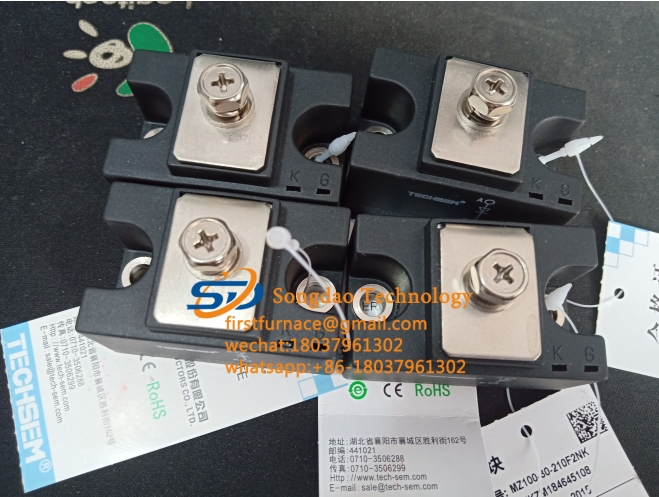- 29
- Oct
The main parameters of the diode
The main parameters of the diode
The technical indicators used to indicate the performance of the diode and the scope of application are called the parameters of the diode. Different types of diodes have different characteristic parameters. For beginners, you must understand the following main parameters:
1. Rated forward working current
Refers to the maximum forward current value allowed by the diode during long-term continuous operation. Because the current passing through the tube will cause the die to heat up, and the temperature will rise. When the temperature exceeds the allowable limit (about 140 for silicon tubes and about 90 for germanium tubes), the die will overheat and be damaged. Therefore, do not exceed the rated forward working current of the diode during use. For example, the commonly used IN4001-4007 germanium diodes have a rated forward operating current of 1A.
2. The highest reverse working voltage
When the reverse voltage applied to both ends of the diode reaches a certain value, the tube will be broken down and the unidirectional conductivity will be lost. In order to ensure the safety of use, the maximum reverse working voltage value is specified. For example, the reverse withstand voltage of IN4001 diode is 50V, and the reverse withstand voltage of IN4007 is 1000V.

3. Reverse current
Reverse current refers to the reverse current flowing through the diode under the specified temperature and maximum reverse voltage. The smaller the reverse current, the better the unidirectional conductivity of the tube. It is worth noting that the reverse current has a close relationship with temperature. About every 10 increase in temperature, the reverse current doubles. For example, 2AP1 germanium diode, if the reverse current is 250uA at 25, the temperature will rise to 35, the reverse current will rise to 500uA, and so on, at 75, its reverse current has reached 8mA, not only lost The unidirectional conductivity characteristics will also cause damage to the tube due to overheating. For another example, 2CP10 silicon diode, the reverse current is only 5uA at 25, and when the temperature rises to 75, the reverse current is only 160uA. Therefore, silicon diodes have better stability at high temperatures than germanium diodes.
